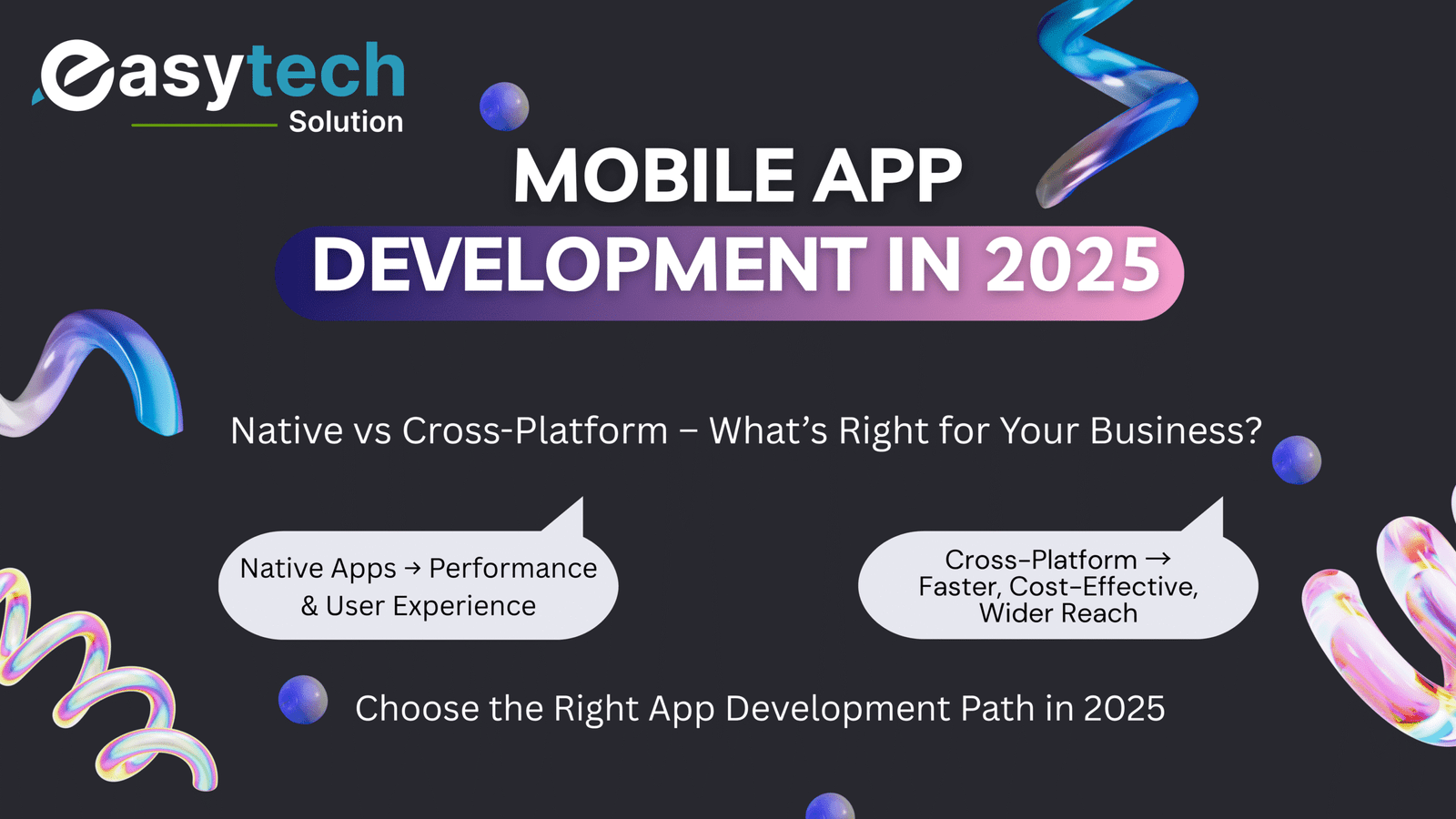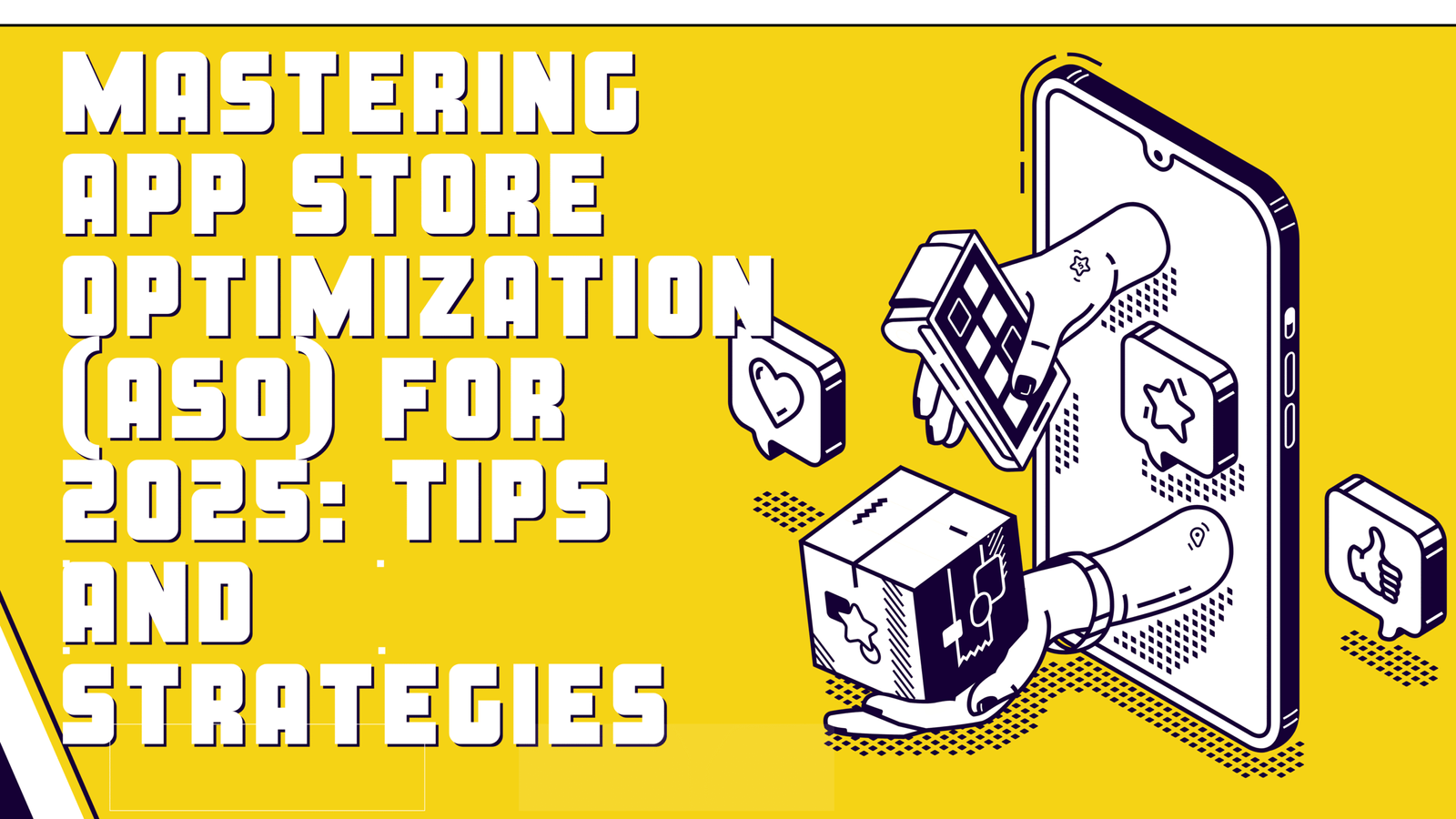In today’s digital-first world, businesses are constantly striving to stay ahead of customer expectations. With billions of smartphone users globally, mobile app development has become one of the most important investments for business growth. However, as we move into 2025, one major question continues to challenge business owners, CTOs, and entrepreneurs: Should you invest in native apps or cross-platform apps for your next project?
This blog will explore the native vs cross-platform apps debate, analyze the pros and cons of each, and help you choose the best mobile app strategy for your business in 2025.
📱 Why Mobile App Development Is Crucial in 2025
The mobile app ecosystem is booming more than ever. According to industry research, mobile apps generate over $500 billion annually in revenue worldwide, and this number is only expected to rise. Whether you are running an e-commerce store, a healthcare startup, or a SaaS company, having a high-performing mobile app is no longer optional—it’s essential.
👉 At [EasyTechsolution], we help businesses craft winning mobile app development strategies, ensuring their apps are scalable, user-friendly, and future-ready.
🌐 Native Apps vs. Cross-Platform Apps: What’s the Difference?
Before deciding which path to take, it’s important to understand the difference:
- Native Apps – Built specifically for one platform (Android or iOS) using platform-specific programming languages (Java/Kotlin for Android, Swift/Objective-C for iOS).
- Cross-Platform Apps – Built using frameworks like React Native or Flutter, allowing one codebase to run on multiple platforms (Android + iOS).
Both approaches are powerful, but your choice depends on your mobile app strategy, budget, and long-term business goals.
🔑 Advantages of Native Apps
1. Best Performance & Speed
Native apps are optimized for the operating system, meaning they run faster, smoother, and provide a superior user experience.
2. Seamless User Experience
They adhere to platform-specific design guidelines, making them look and feel more natural to users.
3. Access to All Device Features
Native development gives developers complete access to smartphone features like camera, GPS, Bluetooth, push notifications, and biometrics.
👉 Example: A banking app built natively can use advanced security features like FaceID and fingerprint authentication.
🔑 Advantages of Cross-Platform Apps
1. Faster Time to Market
Since cross-platform apps are built using a single codebase, businesses can launch apps on Android and iOS simultaneously.
2. Cost-Effective
Develop once, deploy everywhere. This approach saves development costs compared to building two separate native apps.
3. Consistency Across Platforms
The user interface looks similar across devices, giving a unified brand experience.
👉 At [EasyTechsolution], we build powerful cross-platform mobile apps with frameworks like React Native and Flutter.
🚀 Disadvantages to Consider
❌ Native Apps:
- Higher cost (separate development for Android and iOS).
- Longer development timeline.
- Requires two specialized teams (Android + iOS developers).
❌ Cross-Platform Apps:
- May struggle with performance for heavy apps (e.g., gaming, AR/VR).
- Limited access to advanced device-specific features.
- Possible delays when platforms release new OS updates.
📊 Native vs Cross-Platform in 2025 – Market Trends
- Cross-Platform Frameworks are Maturing – With the rise of Flutter and React Native, cross-platform apps are now faster and more reliable than ever.
- Native Still Leads for High-Performance Apps – Industries like fintech, healthcare, and gaming often prefer native apps because security and performance are critical.
- AI and Cloud Integration – Both approaches now integrate with AI-powered features and cloud services, fueling digital transformation.
🧭 Choosing the Right Mobile App Strategy in 2025
Your mobile app strategy should depend on:
- Budget: If cost is a concern, cross-platform is ideal.
- Timeline: Want to launch quickly? Cross-platform is faster.
- Performance Needs: Require high performance, security, or advanced features? Go native.
- Target Audience: If your users are split evenly between iOS and Android, cross-platform ensures simultaneous coverage.
👉 Talk to our experts at [EasyTechsolution] to get a custom mobile app strategy that matches your business goals.
📌 Real-World Examples
- Native App Example: Instagram started as a native iOS app before expanding to Android. It uses device-specific features like the camera for seamless functionality.
- Cross-Platform Example: Airbnb and Uber experimented with cross-platform frameworks for faster rollout across platforms.
These examples show how businesses balance speed, cost, and performance in their app decisions.
🔮 The Future of Mobile App Development in 2025
- AI-First Apps – Intelligent assistants, chatbots, and personalized recommendations are now standard.
- AR/VR Integration – Augmented and virtual reality apps are redefining retail, gaming, and training.
- Super Apps – Instead of single-purpose apps, super apps combine multiple services in one.
- Cloud-Connected Apps – Apps seamlessly integrated with cloud services for scalability.
- Security & Privacy – With stricter data laws, secure development practices will be critical.
👉 EasyTechsolution is already leading in mobile app development trends, ensuring your apps are future-proof.
✅ Conclusion
The native vs cross-platform apps debate in 2025 boils down to one thing: your mobile app strategy. Both approaches have their strengths—native apps offer superior performance and advanced features, while cross-platform apps deliver speed, cost savings, and wider reach.
Businesses that align their choice with customer needs, budgets, and growth goals will gain a competitive edge in the mobile-first world.
👉 Ready to build your next mobile app? [Partner with EasyTechsolution] and let’s create a powerful app that drives your business forward.








One Response
Very useful topic
——
https://the.hosting/fr/help/lutilitaire-iotop-sous-linux-utilite-installation